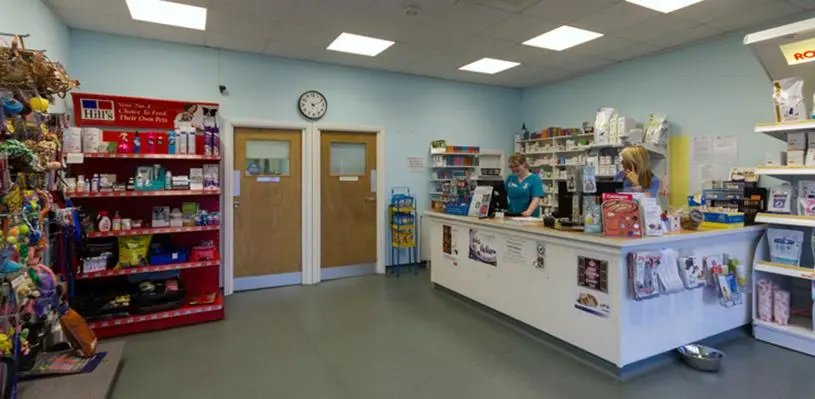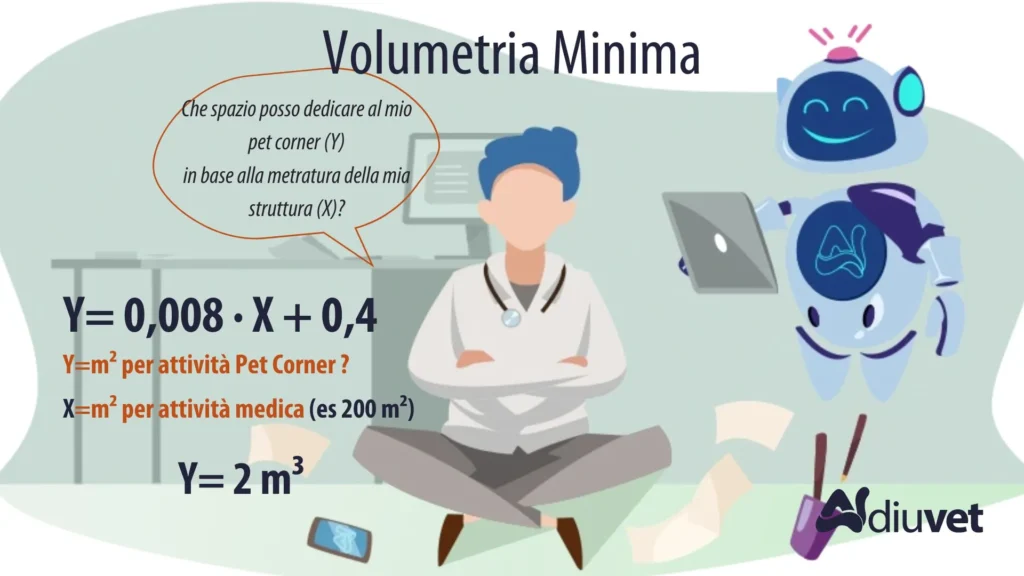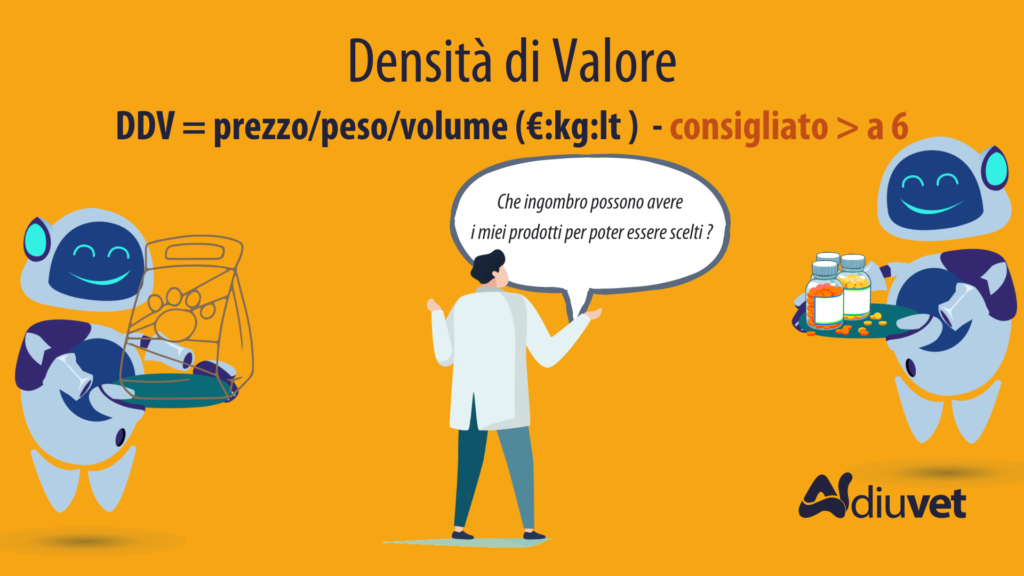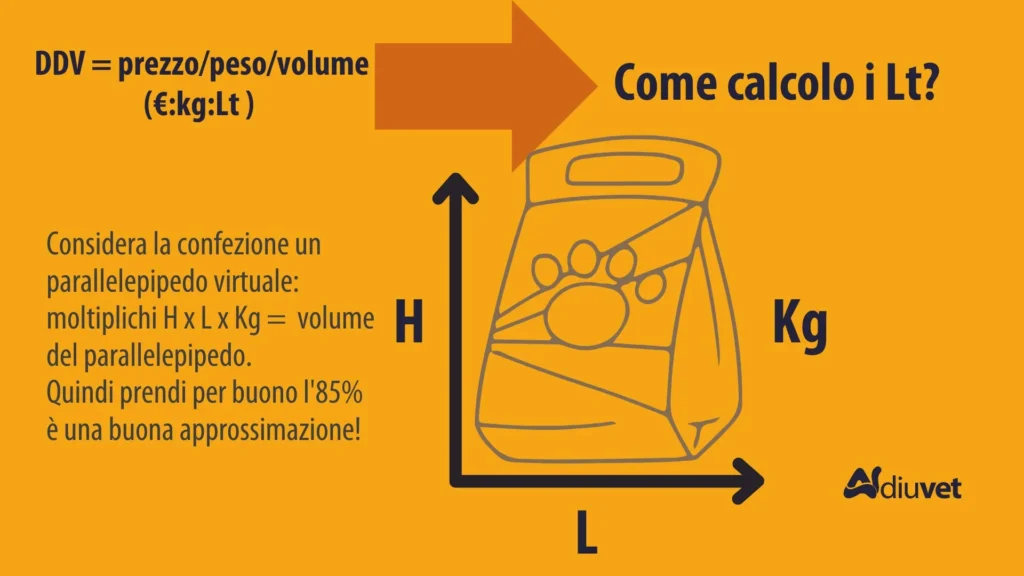
How to get more clients with SEO for veterinarians
What do you need SEO for if you are a veterinarian? Simple: attract traffic and turn it into paying customers! Learn how to optimize the structure and content of your website. … Read More

Sommario
Toggle[Important note: this article has been automatically translated from the original Italian language.]
The Pet Corner, referring to veterinary facilities, is a concept that originated in the 1990s of the last millennium to find its official place in the 2000 Fnovi Code of Ethics in Article 52:
veterinary practitioner may dispose of products pertaining to the health and welfare of the animals under their care to their clients.
However, said activity must be carried out in a direct form and cannot be publicized. Product display is prohibited.
We will define as afferent to the Pet Corner
Pet Health and Welfare Products (PSBAs ) excluding drugs (which must have a marketing authorization-AIC).
So, the range of items is extremely wide, so much so that it theoretically includes gum balls, chews, harnesses, leashes, etc., and it is easy, without rigorous selection, to turn a clinic into a pet store like the one in the image.

PSBAs are divided into three distinct commodity classes:
In order to place a product in our Pet Corner, it is appropriate to ask ourselves a few questions.
As a first selection criterion, we need to determine whether the adoption of a PSBA represents an effective leap forward.
We must familiarize ourselves with the principle of “vet grade” that is, thatattribute which we, through our professionally qualified selection, associate with that product whose characteristics, ingredients and origin we have studied, in order to be able to decree that it is worthy of our “blue stamp” of certified quality. By ourselves.
For example, an innovative gastroprotective syrupsupplement can be used alone or in combination, in the treatment of frequent cases of self-limiting vomiting.
As long as its effectiveness is guaranteed (and therein lies our added value).
The Pet Corner is a concept, an idea, but it is also a physical space, and it is from the space that we identify the second criterion for choosing the product portfolio.
If 80% of facilities do not have a pet corner, the main reason is:
But both are false problems.
To calculate what impact a product has in terms of physical footprint within our pet corner, we need to do a brief calculation.

Given a minimum requirement of 600 liters per visiting room, we formulated the equation of the regression line starting from the points on the graph with the total m2 in the abscissa (x) and m3 intended for the Pet Corner and medicines in orderly (y), which is this
y = 0.008 – x + 0.4
which, in practice, establishes the minimum stock volumetry.
Small clinics of 50 to 75 m², which is one-third of the total, is around one cubic meter.
A 200 m² structure can dedicate a minimum volume of 2 m³.
The core business of a veterinary facility is clinical services that should not be sacrificed by retailing activity which should generate profits.
While a pet store can devote as much space as it needs to even low-cost merchandise–within certain limits–a veterinary facility cannot do so and must take into account value density.

The Density Of Value is given by the equation
DDV = price/weight/volume (€:kg:lt ) and measures its value in relation to bulk.
For example, a 12 kg bag of kibble that costs €45 and has a volume of 9 l will have a DDV of 0.42, while a €8 kg/liter liquid supplement will have a DDV of 8.

So the minimum volumetry is the physical space to be allocated for the storage of drugs and PSBAs that have a value density of not less than 6 which is the threshold below which the product becomes uneconomic.
Based on this criterion, we can say that drugs, supplements and topicals always meet this requirement, while feeds, on the other hand, do not always, indeed only in the case of superpremium breed oriented and Parnuts are able to guarantee a DDV higher than 6.
For PSBAs in the third group, the same reasoning applies: items with a small footprint and otherwise quick disposal are preferred.
A function of the veterinary management system is the calculation of the DDV provided price, weight and volume.
The third criterion is the easy availability of the same item in the territory or via e-commerce.
If this is also distributed in pet shops or in the large-scale retail trade (mass distribution such as supermarkets) or other establishments within a 20-30 km radius at a price that is almost always significantly lower, the customer is unlikely to comment on the convenience of getting the product from the veterinarian.
Here trying to explain that it is not possible to compete with large-scale retail is completely useless.
The same is true for the online channel, which is growing in double or triple digits.
The ideal PSBA is one that is distributed exclusively by the veterinary channel or has dedicated packaging that makes it unique and not available elsewhere.
It is difficult because companies rightly favor large retailers, but there are some that focus precisely on developing the Pet Corner by offering well-characterized vet grade products that deserve our attention.
Associated with the channel is the problem of competitiveness.
Even if the extra-pharmacy is not burdened by the VAT differential and this is always at 22%, we are generally losing out on price.
Therefore we either discard a priori the items in which we are not convenient in the eyes of the customer or negotiate better purchasing conditions with the supplier.
On the terms of purchase is based the margin estimate, which is the fourth evaluation criterion.
The margin, which is in a nutshell the difference between revenues and expenses, can be:
and varies according to the tax regime they belong to, which can be flat-rate or ordinary for individuals and corporate for legal entities.
The tax regime affects both income, purchase price and tax levy.
We will go into the mathematical tool by which to calculate the estimated net and gross margin in another article.
Management can include, among other functions, that of calculating the gross and net margin of each individual product (drug or non-drug) to be evaluated.
What we are interested in here is to establish a threshold above which to judge the net margin of a PSBA to be worthwhile , and this threshold in terms of net margin can be set at 20 percent.
If from the transfer of a product that I paid 100 € I have 20 € left clean I can give a green light for entry into my pet corner, specifying however that the threshold is subjective and can be higher or lower on the decision of the individual veterinarian and, in particular cases of PSBA that we consider particularly qualifying we can tolerate a smaller margin, and in any case this is all completely discretionary.
We can add additional selection criteria such as the weight of demand or the strength of a brand, but let us remember that it is the veterinarian who makes the market, offering a selected product that the customer does not have the power to discuss and choose as they do in a supermarket, but can simply accept or reject.
And the veterinary doctor is obliged to respect the client’s freedom of decision making
Setting up and organizing the Pet Corner also means documenting and keeping abreast of market offerings.
In addition to the scientific information provided by some companies on a facility-by-facility basis, it is useful to keep up to date by consulting two specialized periodicals:
Related articles

What do you need SEO for if you are a veterinarian? Simple: attract traffic and turn it into paying customers! Learn how to optimize the structure and content of your website. … Read More

Let’s find out what a veterinary blog is really for, why people like it, and how it can bring you new clients. Here are 3 strategies you absolutely must know! … Read More

How long does it take you to arrange a surgery? How long does it take your staff to make a visit? How many drugs do you let expire?
If you can’t answer these questions, you are missing an important growth opportunity for your veterinary facility because you are not understanding where you can improve. … Read More
We are redirecting you to the cart to finalize the requested subscription change.
Lorem ipsum dolor sit amet, consectetur adipiscing elit. Ut elit tellus, luctus nec ullamcorper mattis, pulvinar dapibus leo. Lorem ipsum dolor sit amet, consectetur adipiscing elit. Ut elit tellus, luctus nec ullamcorper mattis, pulvinar dapibus leo.